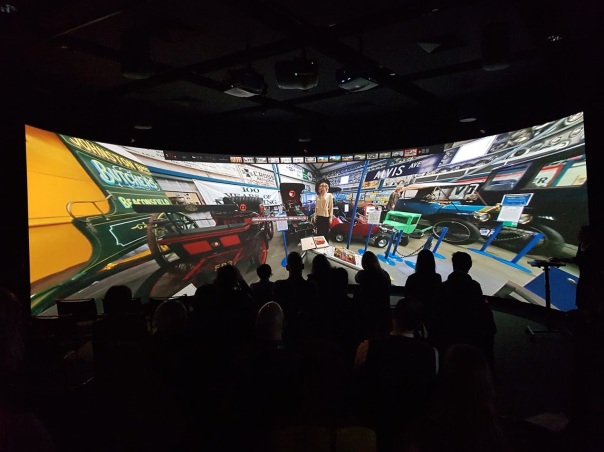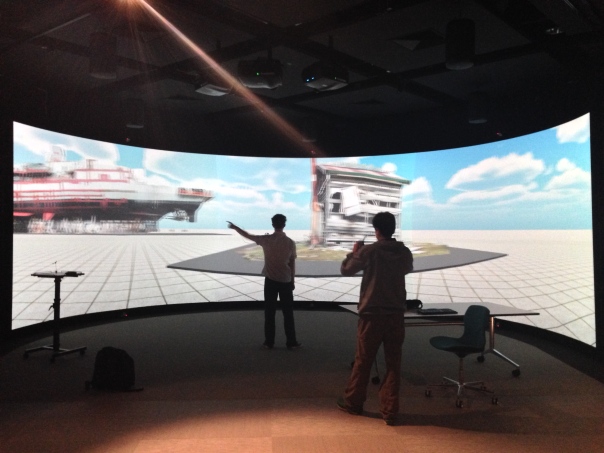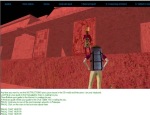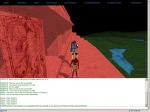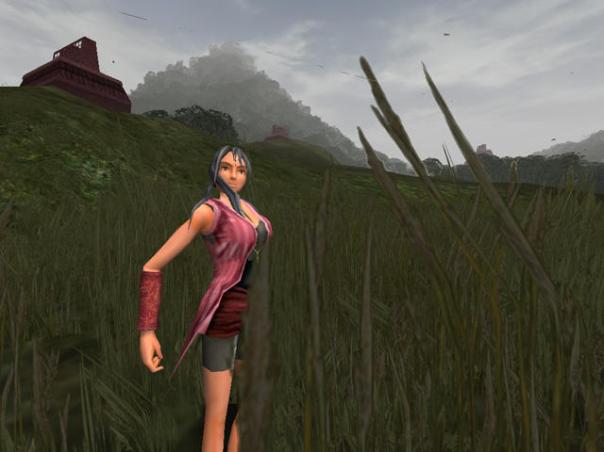Hope to convert an Unreal Tournament (UT2004) game level to UT3. My models (originally), but ported to UT from Adobe Atmosphere and re-textured (read: sculptures/reliefs removed) by students in 2005.
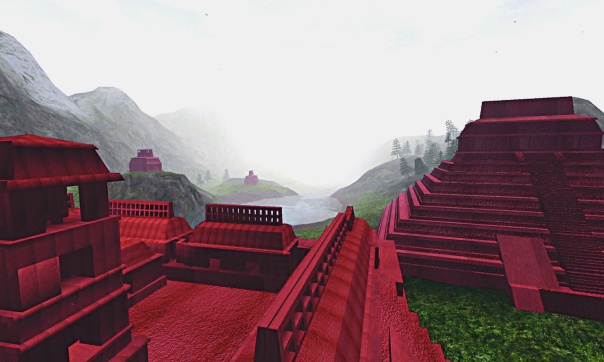
And tutorials warn I have to delete almost everything to convert, and it may well not work. Great!
Perhaps it would be easier to import from 3DS (3D Studio Max) but I no longer have the models! Oh well, that is virtual heritage for you.
If others have virtual heritage models in the UDK editor (Unreal 3) or directly in the latest Unreal 4 engine, please let me know, a student intern here is modifying Unreal to run on the Curtin HIVE cylindrical screen and (semi) dome.
